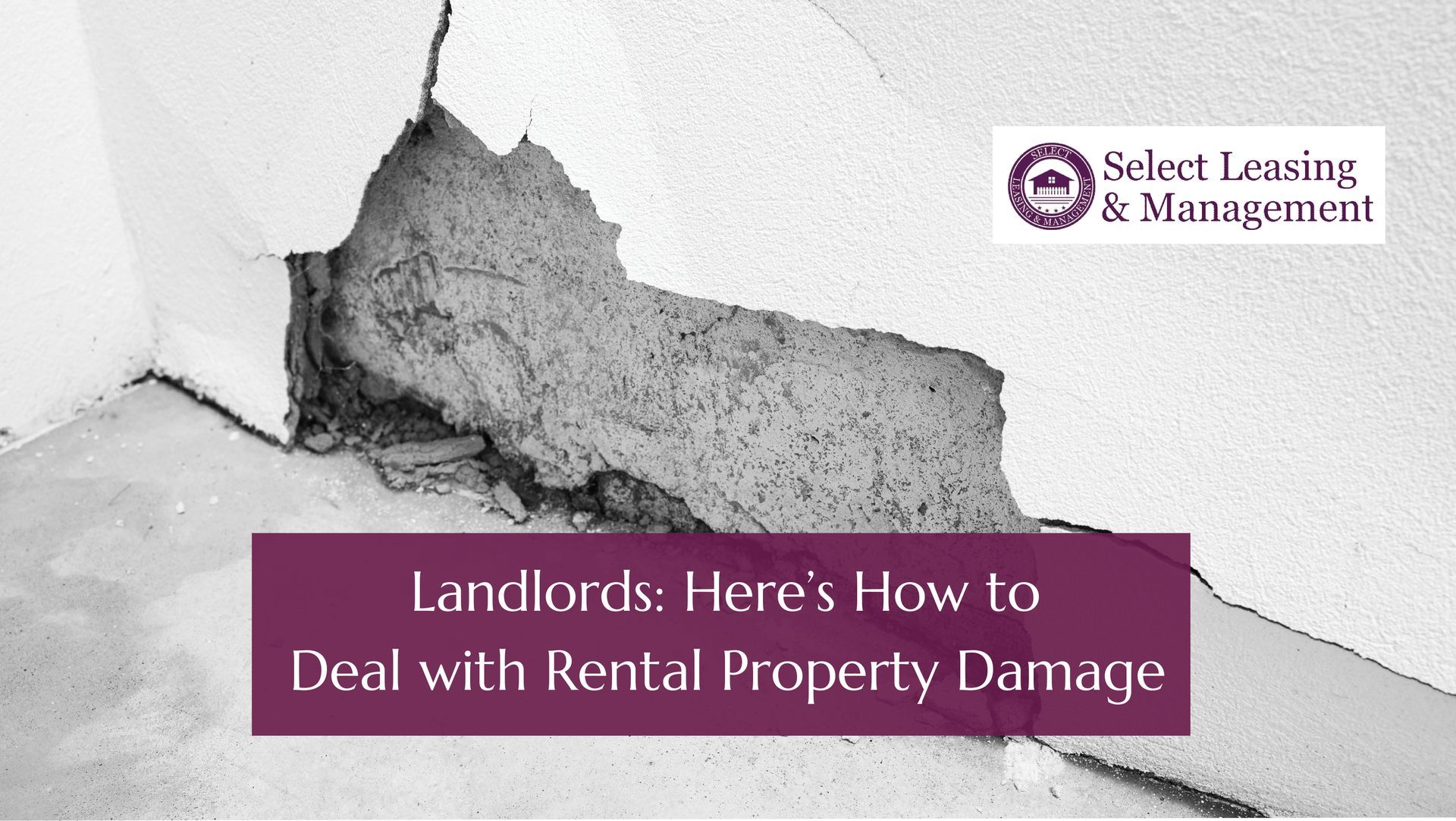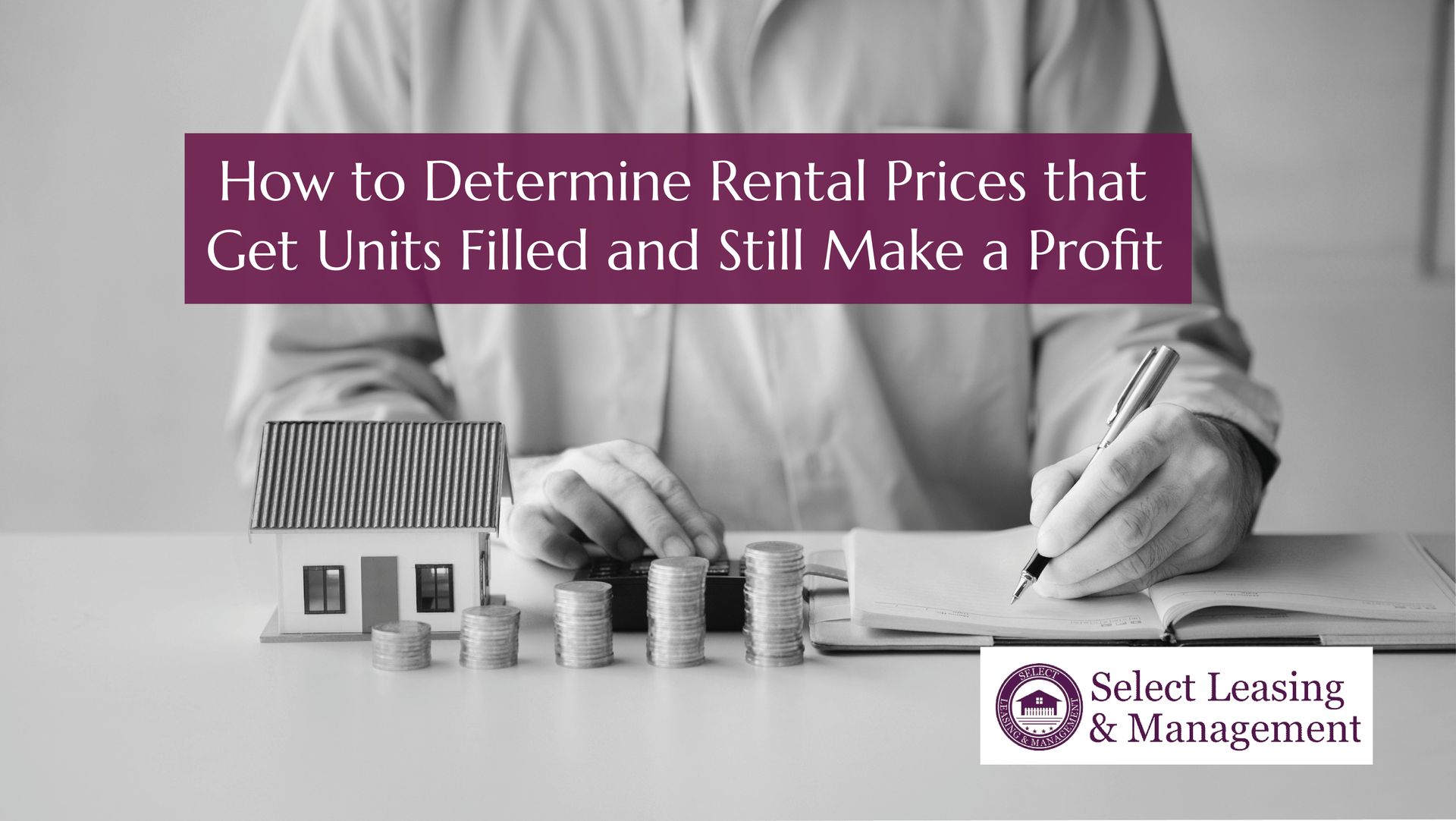Landlords: Here’s How to Deal with Rental Property Damage

As a landlord, you know that routine maintenance and repairs take up a lot of time and money. Additional rental property damage—beyond normal wear and tear—can stretch your budget and your patience to the breaking point.
Unfortunately, no tenant is perfect. Accidents happen and people can be careless. And sometimes bad tenants may vandalize or destroy things on purpose. Liability for damage to a rental property depends on the type of damage and who caused it. When it is clearly the tenant’s fault, there are ways to recoup the costs. But you must understand both your and your tenant’s rights and responsibilities.
Normal Wear and Tear and Unavoidable Rental Property Damage
Worn-out carpet, scuffs on walls, and nail holes from hanging pictures are part of normal wear and tear in an apartment or rental house. These things happen gradually and are no one’s fault. Periodically replacing paint and flooring is a “cost of doing business” when you own rental property.
Rental property damage associated with weather events or natural disasters is unavoidable, and like wear and tear, is no one’s fault. Along with fire and water damage, these situations are often covered by an owner’s insurance policy which will help pay repair or replacement expenses. Ultimately, repairing or rebuilding after such an event is up to the owner, not the tenant.
Who Is Responsible for Fixing Damage to a Rental Property?
Aside from minor damage caused by normal usage or an unavoidable event, who is responsible for fixing damage to a rental property depends on whose actions caused the harm. Every situation is different, but here is a general breakdown of liability for damage to rental property:
Landlord Responsibilities
Deterioration and damage that happens because of a poorly constructed building, or one that is merely old is the responsibility of the owner, not the renter.
The same goes for the landlord’s failure to maintain the building. Landlords have a legal duty to provide a safe and livable dwelling. This means making sure to take care of code violations, faulty plumbing, or dangerous wiring as soon as they occur. It is also essential that they maintain safety by fixing broken doors, locks, and security systems and making sure smoke and carbon monoxide detectors, fire extinguishers, and sprinkler systems are in good working order.
Tenant Responsibilities
Liability for damage to a rental property falls on the tenant only if it can be proven that they caused the harm. It doesn’t matter if it happened accidentally, or if it was a result of neglect or abuse. The landlord can insist that the tenant pay to clean, repair, or replace whatever is necessary to return the property back to its original condition.
Some examples of tenant-caused damage:
- Large holes in the drywall
- Permanent stains on carpet or countertops (that can not be removed with normal cleaning)
- Burns or tears in the carpet
- Appliances broken due to misuse
- Broken windows, doors, locks, or fixtures due to mishandling or vandalism
- Fire or flooding due to carelessness or intentional acts
- Stolen appliances or fixtures upon move-out
- Damage caused by pets
- Pest infestations
The details of how damage occurs are important to determining who is responsible. For example, landlords are typically responsible for keeping the plumbing in order. However, a tenant may be liable for damage caused by flushing something that should not be flushed, such as diapers—or if their child flushes toys or clothing.
Likewise, landlords may routinely spray for pests, but if a tenant never takes out their trash and ends up with an infestation, they may be asked to pay for fumigation.
While you can’t cover every possible thing that a tenant may do, many situations can be anticipated and put in the lease. For example, insisting that the landlord hang anything heavier than a picture (like a wall-mounted TV) to avoid damage to the walls. Or giving guidelines for what can and can’t be put down a garbage disposal (coffee grounds and potato peelings are a no-no). If damage happens due to a tenant breaking a rule in the lease, the landlord is justified in demanding payment for repairs. They will even be able to terminate the lease if they choose.
Steps for Dealing with Rental Property Damage
Damage needs to be addressed and fixed as soon as it is discovered. If the tenant is liable, following these steps can increase the chances of being reimbursed for repair expenses:
- Identify and document the problem including photos and a record of dates, times, and the tenant’s explanation.
- Determine the cost of repairs by getting written estimates or invoices and receipts for materials and labor.
- Present the tenant with a detailed invoice for the repair with the estimates, invoices, or receipts attached.
- If the tenant can’t or won’t pay, or the damage was discovered during a walk-through after the tenant has moved out, the amount may be deducted from the security deposit. If the cost of repairs exceeds the security deposit, you may sue.
- If damage is extensive, consider terminating the lease or filing an eviction notice.
- If the damage was intentional or related to criminal activity, contact the police to press charges.
In many cases, landlords may be unable to collect money from a tenant. Or the amount of reimbursement is not enough to consider filing a lawsuit. Building owners may end up eating the cost and may even end up letting the person stay, especially if the damage was accidental and they are usually good tenants.
Security Deposit Rules
In Missouri, landlords have 30 days to return a security deposit after a tenant moves out. That means that an inspection needs to be done as soon as possible in case there are damages to the rental unit.
An itemized list of deductions from the deposit should accompany the check, along with copies of receipts for the repairs. Landlords must be careful to deduct only verifiable damage and not instances of wear and tear. The tenant may be able to countersue using documentation of their own as proof that they left the rental in acceptable condition.
Landlord Insurance
Renter’s insurance pays for a tenant’s belongings if they are stolen or damaged while they’re renting, but it does not cover damage to the apartment or house. That is the landlord’s property and they should have their own coverage for their buildings.
Special landlord insurance is available that can cover much of the damage we have discussed. It may also include coverage for premises liability, which protects landlords if someone is hurt on the property.
When damage happens, check the policy. It may cover all or some of the repairs.
When choosing a policy, be sure to understand exactly what it covers. Some do not include things like intentional acts by tenants or the loss of rental income while repairs are made.
Your Best Defense Against Rental Property Damage
By preparing for the possibility of rental property damage, you may significantly reduce the chances of having to deal with it at all.
- Screen applicants and conduct background checks to find tenants who will take good care of the property
- Do periodic inspections
- Conduct thorough walk-throughs with each new tenant and document conditions with photos
- Have a good lease and enforce the rules
- Be proactive about repairs and routine maintenance
- Make it easy for tenants to report damage
A great way to do all of the above is to
hire a property management company. If something goes wrong they can deal with fixing what’s broken and getting reimbursement from the tenants. You can rest easy knowing that your investment is protected.
If you need help managing your rental property, contact Select Leasing & Maintenance.
Share this post










